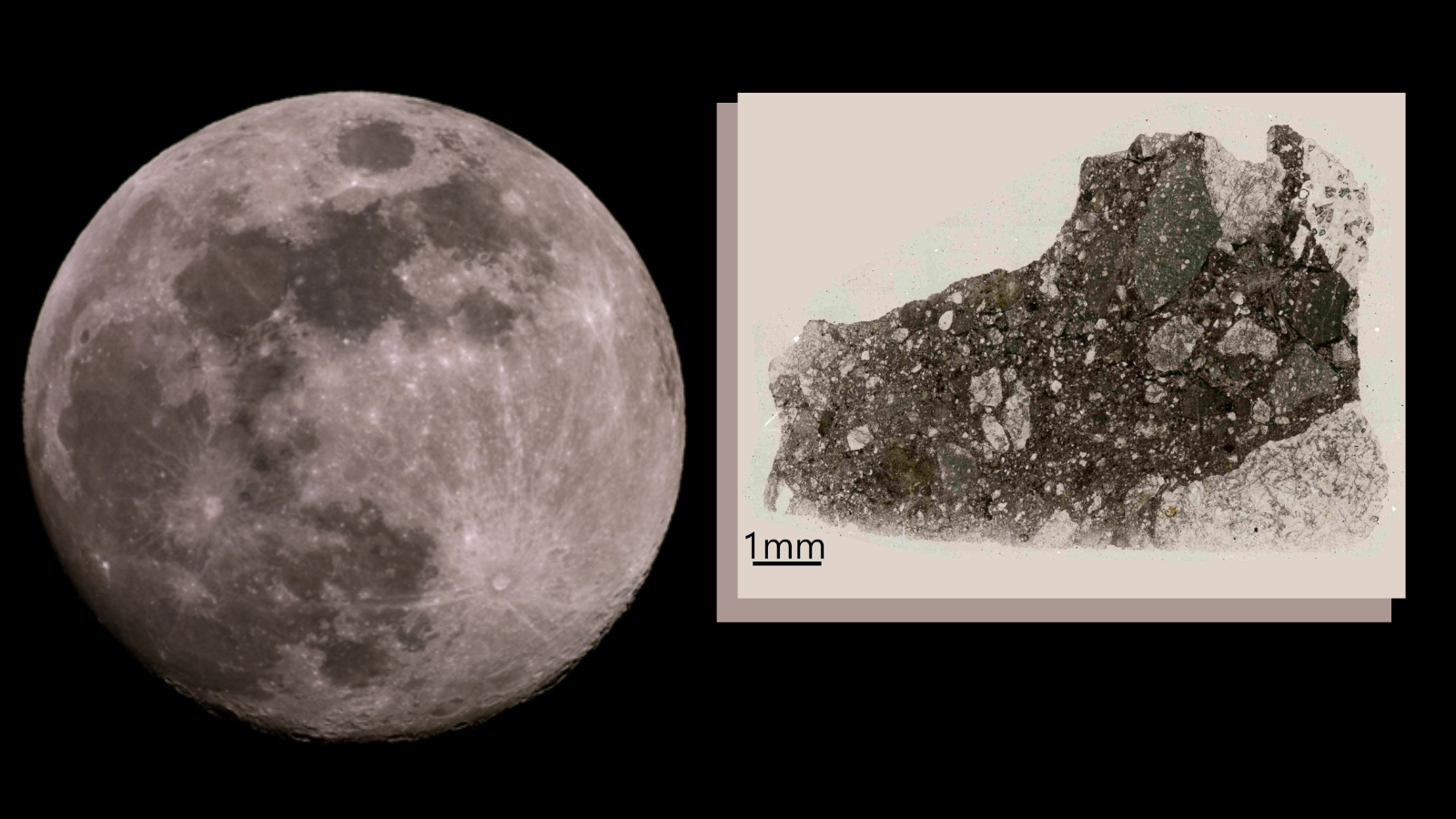In lunar samples from the Chang’e 6 mission, Chinese scientists found rare meteorite shards that contained water. This is the first concrete proof that the Moon was pummeled by extremely frail carbonaceous asteroids billions of years ago. The discovery may change our understanding of how water and biological molecules moved across the early Solar System. It was published on October 20 in the Proceedings of the National Academy of Sciences.
An Unprecedented Lunar Dust Discovery
Seven small pieces of CI chondrites, one of the rarest known meteorites, were found lodged in soil samples from the far side of the Moon by researchers from the Guangzhou Institute of Geochemistry, which is part of the Chinese Academy of Sciences. Less than one percent of meteorites on Earth are carbonaceous chondrites because they are extremely delicate and water-rich.
“This discovery not only indicates that material from the outer Solar System can migrate to the inner Solar System, but also has important implications for explaining the origin of water on the lunar surface,” Lin Mang, a researcher at the institute, stated.
The group examined more than 5,000 pieces from samples taken by Chang’e 6 in 2024, which returned 1,935.3 grams of material from the largest and oldest impact crater on the Moon, the South Pole-Aitken Basin. They verified the fragments’ origin from CI-type chondrites using sophisticated microscopy and chemical analysis, utilizing unique oxygen isotope fingerprints and iron-to-manganese ratios.
Implications For The Evolution Of The Solar System
The finding implies that there were far more impacts between the Earth and the Moon system from water-bearing asteroids than previously thought. Because CI chondrites are hydrated minerals that can have up to 20% water by weight and come from the outer Solar System, their preservation on the Moon is very important.
Because of the Moon’s absence of atmosphere and geological activity, these meteorites are preserved like a “natural archive” of past impacts, in contrast to Earth, where they hardly ever survive atmospheric entry. According to the study, CI chondrites may make up as much as 30% of the Moon’s meteorite collection, which is significantly more than their proportion on Earth.
This discovery provides fresh insights into the evolution of lunar water resources and supports hypotheses that carbonaceous chondrites may have transported organic chemicals and water to both Earth and the Moon during the early Solar System’s formation.

